Check out our Grand Canyon National Park Candle, available now in our shop!
We recently visited Grand Canyon National Park and hiked the North Kaibab Trail down to the Colorado river and back. Wow, was this a treat! The backcountry services in the Grand Canyon stop on October 15th each year, and requires a backcountry permit to access the trails and camp in the backcountry on the North Rim. So if you are heading down there, be sure to be prepared, and check water access at campgrounds along the way. These water tap statuses are posted on the backcountry website here.
Here is the view you are greeted with when arriving at the North Rim:
North Kaibab Trail Ecology
The steep strenuous, North Kaibab Trail is the only maintained trail on the North Rim that descends into the canyon. Though physically demanding, it offers a tremendous Inner Canyon experience, passing through a stunning range of ecological zones. As you hike downward, temperatures get warmer and the plant communities change, sometimes abruptly. Elevation, temperature, precipitation, soil depth, and sunlight are all interrelated factors that determine where plants grow in the canyon. At the trail head, 8,250 feet, you are surrounded by Ponderosa pine and Boreal forests, but drop down the trail to 3,000 feet and you are standing in desert scrub. For every 1,000 feet in elevation drop, temperatures rise about 5 degrees Fahrenheit.
The Boreal Forest at the trail head above 8,200 feet offers a mix of conifers like Douglas Fir, Engelmann spruce, and white and blue spruce trees with patches of grassy meadows. You may also see the local Dusky grouse or scrub jay birds along the way if you are lucky. We really loved the scents we encountered passing through this area.

North Kaibab Ponderosa

Near top of trail, conifer forests on full display.
Just 1,000 feet down in the zone of 7,200 – 8,300 feet resides the Ponderosa Pine Forest, tall, red-barked trees that often grow in pure ponderosa stands. You’re likely to see the Kaibab Squirrel here, which has a big white bushy tail and has evolved in this area, unique specifically to the canyon.
Elevation 4,000 – 7,300 feet brings forth the Pinyon Pine – Utah Juniper trees. Small conifers, or evergreens, growing with Gambel Oak, cliffrose, and sagebrush. We really loved the scents we encountered passing through this area as well.
Descending further, 1,500 – 4,000 feet brings forth the Desert Scrub environment. Low growing, widely spaced shrubs and wildflowers, often dominated by blackbrush. Once you are at the river, this area is referred to as Riparian, and the riverbanks are completely stacked with water loving plants including willow, cottonwoods, redbud, cattail, skirt springs, streams, and river edges.
It was 30 degrees F at the trail head, and 80 degrees F at the bottom! Snow on the ground in the North Rim Campground:

Snow on the ground at the North Rim campground.
Accessing the North Kaibab Trailhead:
The North Kaibab trailhead can only be accessed via I-67 in AZ from Jacob Lake, and this closes during the winter when snow fall is heavy. So always check the status of this road before heading for this trail. We spent our first night at the North Rim campground, elevation approximately 8,250 feet, and then followed this 5 day itinerary which was perfect combination of hiking and relaxing, making the whole experience enjoyable. When all said and done, you’ve descended 5,850 feet in only about 14 miles.
Activities & Amenities at Bright Angel Campground & Phantom Ranch:

Suspension Bridge over Colorado River

2nd suspension bridge over Colorado river.
Trout Fishing in Bright Angel Campground:

Rainbow Trout From Bright Angel Creek below fence
Hiking out of the Canyon:
The last day, we hike out of Cottonwood for the trail head. We left our campsite around 5AM and the whole party was at the trailhead by 10:15 AM. All in all, I’d have to say ascending the canyon after all that hiking was easier than descending the canyon on the first couple of days. This is of course, dependent on your level of physical preparedness so be sure the know your own limits, and pace yourself. This was one of the most enjoyable backcountry hiking experiences we’ve had in America, and hope our experience inspires others to get out there! Coming soon, we’ve got a candle inspired by the conifer forests and sage brushes encountered along the North Kaibab Trail, featuring blue spruce trees, and sage. It’s wonderful.
Inspired by this trip, check out our Grand Canyon National Park Candle, available now in our shop!
See you on the trails.
JS



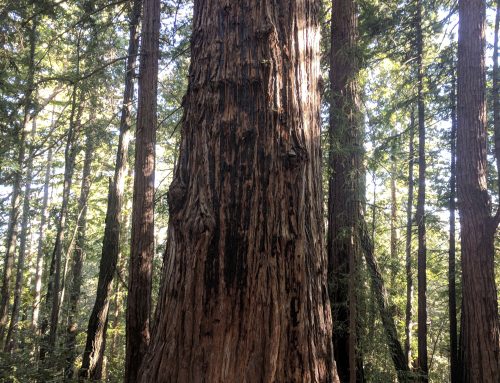
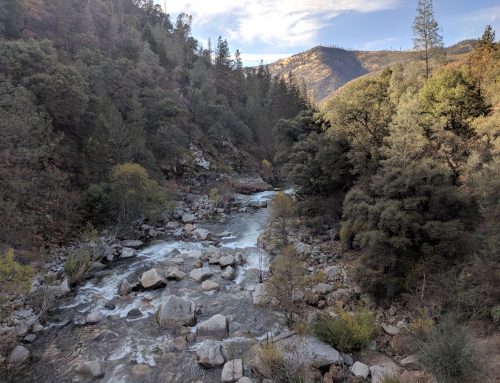
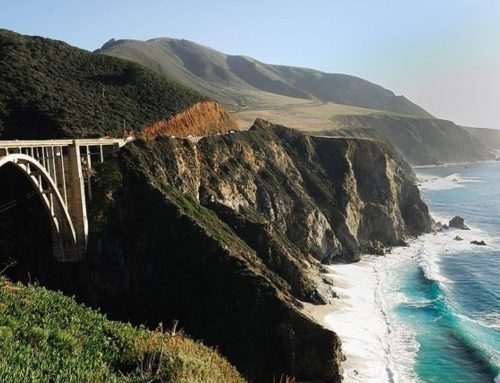
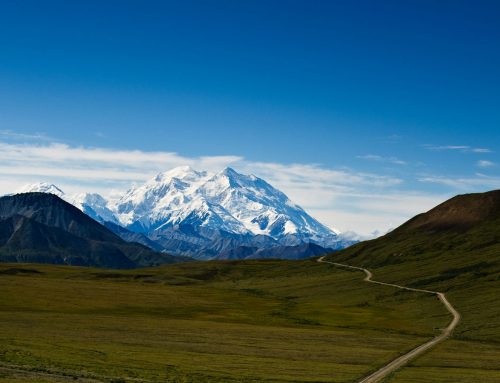
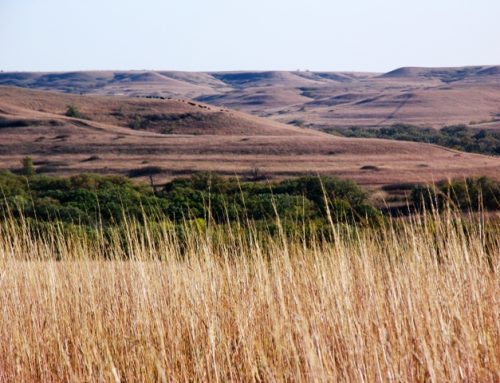

Leave A Comment